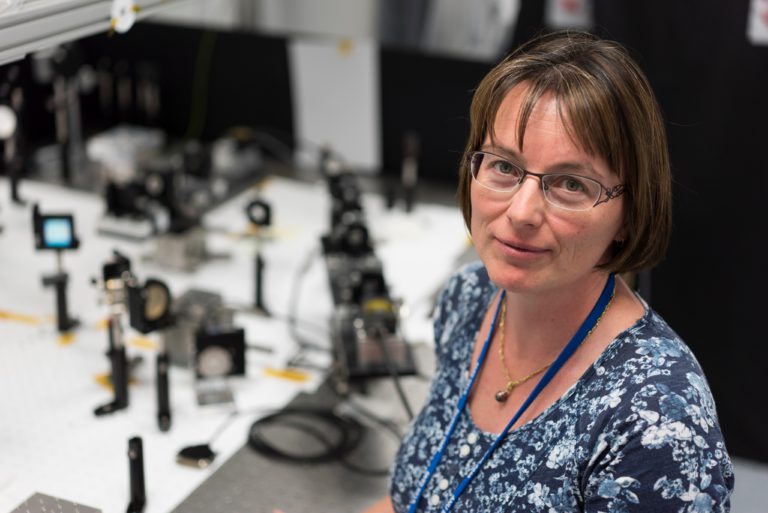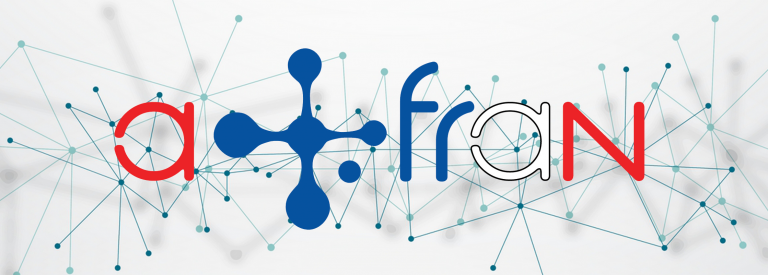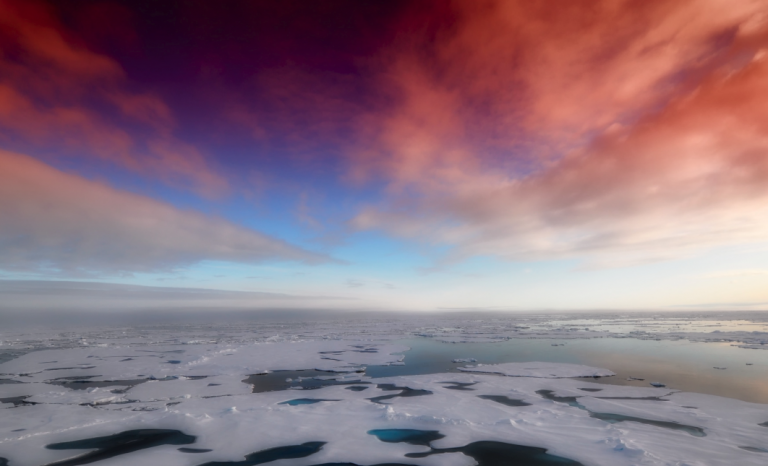Did you know that athletes and scientists play collectively for the 2024 Olympic and Paralympic Games ?
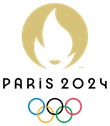 Launched in 2018 by the French Minister for Sports, the “Sciences2024” program aims to help France’s top sportsmen and women improve their performance in the run-up to the 2024 Olympic and Paralympic Games in Paris by providing them with the results of French research. In collaboration with 11 of France’s “grandes écoles”[1], the French National Centre for Research (CNRS) has worked on over 500 projects in 56 sporting disciplines.
Launched in 2018 by the French Minister for Sports, the “Sciences2024” program aims to help France’s top sportsmen and women improve their performance in the run-up to the 2024 Olympic and Paralympic Games in Paris by providing them with the results of French research. In collaboration with 11 of France’s “grandes écoles”[1], the French National Centre for Research (CNRS) has worked on over 500 projects in 56 sporting disciplines.
The goals are simple: double the number of medals won at the previous Olympic Games and win at least 15 gold medals at the Paralympic Games so that France can make its mark in the 100 years since the last Games were held in Paris.
What can science offer sportsmen and women?
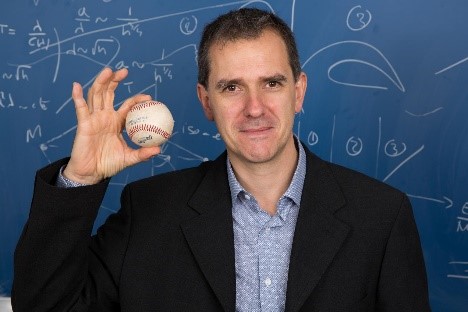 The aim of this initiative is to provide an in-depth analysis of the field and to develop innovative ‘scientific products’ in physical sciences, mathematics and sports engineering aimed at top-level sportsmen and women. Prof Christophe Clanet, research director specialising in fluid mechanics at the CNRS (behind this project), provides two concrete examples: “In rowing, the rowers have to row synchronously. So far, the coach’s eye has been what corrects them if their bodies or oars are not in unison. What coaches are asking for is for science to give them a tool to measure their synchronicity”. Another example: “In wheelchair racing, the question is about the choice of tyres: too wide and they cause too much friction. If they’re too thin, they dig into the tar of the track and the friction is just as high. There is an optimum between these two limits. What athletes want is for science to determine this optimum and give them a rule for finding it on each of the tracks they run on. These two examples show that the scientific answer will not be unique, but will depend on the question posed by the athletes”.
The aim of this initiative is to provide an in-depth analysis of the field and to develop innovative ‘scientific products’ in physical sciences, mathematics and sports engineering aimed at top-level sportsmen and women. Prof Christophe Clanet, research director specialising in fluid mechanics at the CNRS (behind this project), provides two concrete examples: “In rowing, the rowers have to row synchronously. So far, the coach’s eye has been what corrects them if their bodies or oars are not in unison. What coaches are asking for is for science to give them a tool to measure their synchronicity”. Another example: “In wheelchair racing, the question is about the choice of tyres: too wide and they cause too much friction. If they’re too thin, they dig into the tar of the track and the friction is just as high. There is an optimum between these two limits. What athletes want is for science to determine this optimum and give them a rule for finding it on each of the tracks they run on. These two examples show that the scientific answer will not be unique, but will depend on the question posed by the athletes”.
In practical terms, what does it look like?
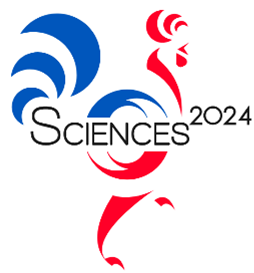 Sciences2024 researchers go out onto the field and talk to sportspeople (coaches and athletes) to identify areas where scientists can help. These questions are then studied in laboratories, and feedback given to the athletes. This feedback generally enables them to optimise their training, their equipment and ultimately (hopefully) their performance. The academic disciplines involved are mainly physics, mechanics and mathematics.
Sciences2024 researchers go out onto the field and talk to sportspeople (coaches and athletes) to identify areas where scientists can help. These questions are then studied in laboratories, and feedback given to the athletes. This feedback generally enables them to optimise their training, their equipment and ultimately (hopefully) their performance. The academic disciplines involved are mainly physics, mechanics and mathematics.
A concrete example:
- The optimal choice of tailplane for a boom carried by the X Ecole Polytechnique Paris:
Question asked: In archery, choosing the right tail is one of the key factors in determining the performance of an archer’s arrow. These are plastic feathers glued to the back of arrows to stabilise their flight. There are several different shapes and sizes of feathers on the market, but there is currently no method for determining the optimal tail.
![]()
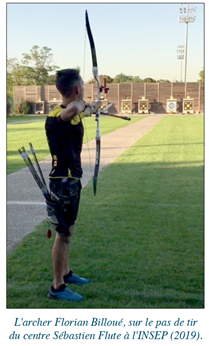 Tools developed and the reasoning behind them:
Tools developed and the reasoning behind them:
Using an arrow-shooting machine, researchers at the French National Institute for Sport and Performance (INSEP) studied the influence of the tail on arrow dispersion.
A similar experiment was carried out in partnership with the French National Centre for Aerospace (ONERA) to study the influence of wind on this dispersion.
Results: The researchers obtained an equation that predicts arrow dispersion as a function of the tailplane used, and which thus identifies the optimal tailplane minimising this dispersion.
This optimum depends on the archer, and also on the wind conditions on the day of the competition.
Prospects: In collaboration with the Atmospheric Environment Teaching and Research Centre (CEREA) and the EDF Foundation, the research team has begun measuring the wind and simulating the weather conditions on the day of the archery competition at the Paris 2024 Olympic Games in order to anticipate the best choice of tailplane on D-day. The team is also developing an experimental protocol enabling each archer to determine his or her optimal tail.
And what’s next?
The ultimate goal is also to establish lasting bonds between science and sports. In the run-up to the 2024 Olympic and Paralympic Games scientists will be focusing on the questions posed by athletes. Some of the projects developed within this framework will be extended after the Olympics, in particular through the creation of start-ups. The program also aims to inspire young people to join the sciences by designing and distributing educational packs to secondary school pupils to help them learn physics and mathematics through sports.
This article is taken from the Ecole Polytechnique de Paris Sciences2024 press kit & projects presentation.
[1] A ‘grande école’ is a French specialised top-level higher education institution.

